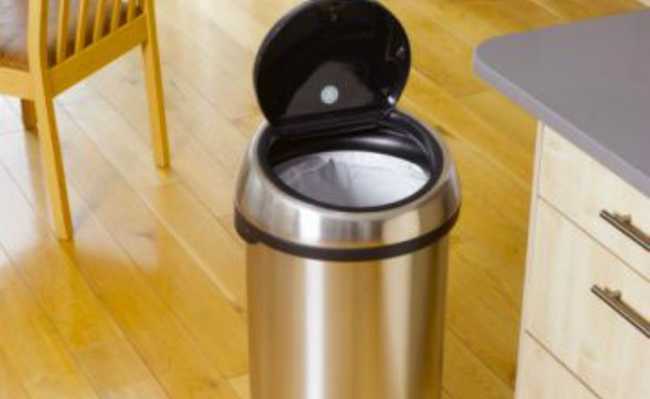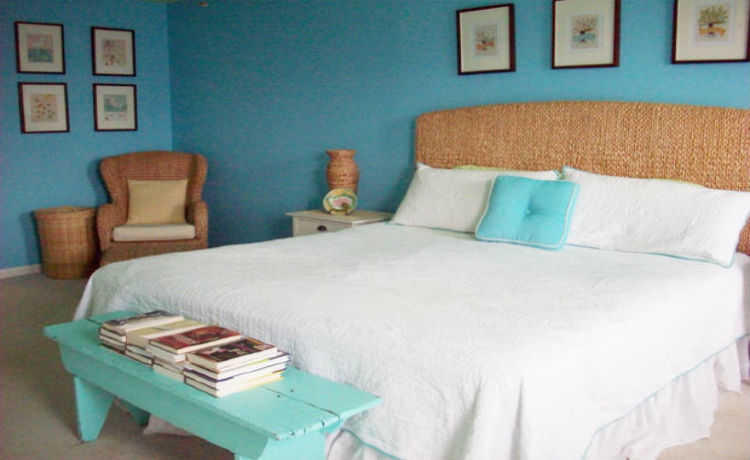Studies seek to improve the functionality of green roofs
Many of the plants that make up the vegetation of green roofs are not typical of the region, which reduces their functionality.

By eliminating green areas to build new projects and highways, the possibility of improving air quality, increasing soil impermeability and, as a consequence, increasing the number of floods is reduced. Green roofs offer some advantages for this problem (but they do not solve this situation, working only as a palliative method), such as decreasing urban heat island effects, rainwater runoff and energy costs for buildings.
Knowing this, two New York students are collecting soil samples from boxes planted with species from two native plant communities: grasses typical of regions like Hempstead Plains and pastures that grow on rocky peaks in southern New England and throughout New York State . In order to try to increase the efficiency of green roofs, these researchers are trying to identify the most suitable plant species for this type of roof.
A 2007 study published in the BioScience Journal found that green roofs can potentially help control stormwater runoff, reduce urban heat island effects, and regulate the temperature of buildings and homes. To provide these benefits, cover vegetation must be able to survive high winds, prolonged UV radiation and unpredictable changes in water availability. The most suitable plant for these circumstances is the Sedum genus.
But these plants don't suck water as efficiently as other species, and at a certain time of year they begin to absorb heat instead of reflecting it, says Scott Maclvor, a doctoral candidate in biology at York University in Toronto. , Canada. According to the researcher, Sedum-type plants are not the most suitable for having on a roof, as the practice does not encourage the biodiversity of plant species. According to Maclvor's research, green roofs offer more benefits when they are made up of a diversity of plants that can be adaptable to local conditions.
Fungi
Krista McGuire, assistant professor of biological sciences at Barnard College, is involved in a similar project: She is comparing soil samples from ten roofs planted with native vegetation and with soil from five parks in New York City, in order to identify communities microbial organisms that thrive on green roofs. This is to better understand how healthy roof ecosystems sustain themselves.
A study by McGuire published in the journal Plos ONE reveals that green roofs have diverse fungal communities, which help plants to grow more resistant in polluted environments and filter out heavy metals. The study also found that, on average, 109 different types of fungi were present on each roof, including the Pseudallescheria fimeti, a species that grows in polluted soils and in human-dominated environments. Soil on roofs also contains fungus. peyronellae, which live in the tissues of plants, in order to help them capture necessary nutrients.
Three of the roofs belonging to the study sample pointed out that fungal communities are different from one roof to another. Fungi grow depending on the position of the roof, the level of pollution in the area, temperature and amount of rain received. The researcher explains: “plant species are adapting to new environments. Without fungi, plants would not be able to grow and survive”.










